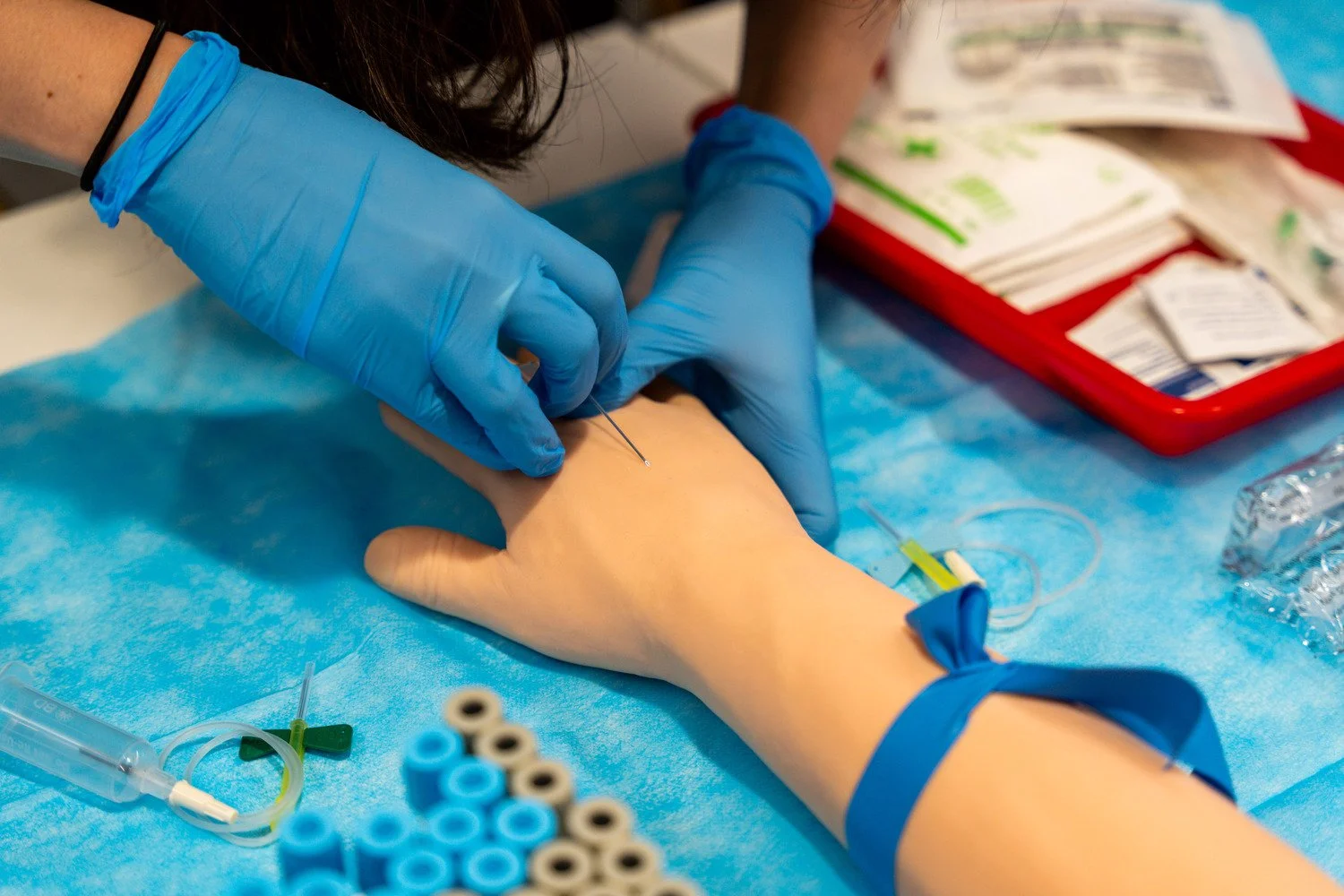The Crucial Role of Skilled Cannulation Techniques
Cannulation, the insertion of a thin tube (cannula) into a vein, is a common yet critical procedure in healthcare settings.
It plays a vital role in various patient care processes, including:
Administering medications and fluids intravenously (IV).
Drawing blood for diagnostic testing.
Transfusing blood or blood products.
While seemingly straightforward, skilled cannulation techniques are essential to ensure:
Patient safety and comfort: Minimising pain, discomfort, and potential complications like bleeding, infection, or damage to surrounding tissues.
Procedural success: Achieving first-attempt cannulation, reducing the need for repeat attempts which can be stressful for both patients and healthcare professionals.
Time efficiency: Streamlining the cannulation process allows for more time to focus on other aspects of patient care.
Here's why mastering cannulation techniques is crucial:
1. Minimises Patient Discomfort and Anxiety:
Skilled cannulation minimises the number of needle insertions, reducing pain and anxiety for patients.
Gentle technique and effective communication during the procedure further enhance patient comfort.
2. Reduces Risk of Complications:
Proper needle selection, site selection, and aseptic technique minimise the risk of infection, bleeding, and other complications.
Skilled practitioners can identify and address potential challenges promptly, ensuring patient safety.
3. Improves Procedural Efficiency:
First-attempt cannulation success saves time and resources, allowing healthcare professionals to attend to other patient needs more effectively.
Efficient cannulation procedures contribute to smoother patient care workflows.
4. Enhances Healthcare Delivery:
Skilled cannulation techniques contribute to a more positive patient experience and improved healthcare outcomes.
Efficient and safe cannulation procedures free up valuable time and resources for other critical medical interventions.
Investing in training and continuous improvement of cannulation skills is crucial for healthcare professionals involved in this vital procedure. By prioritising skilled cannulation techniques, we can ensure optimal patient care, safety, and efficient use of resources in the healthcare system.

